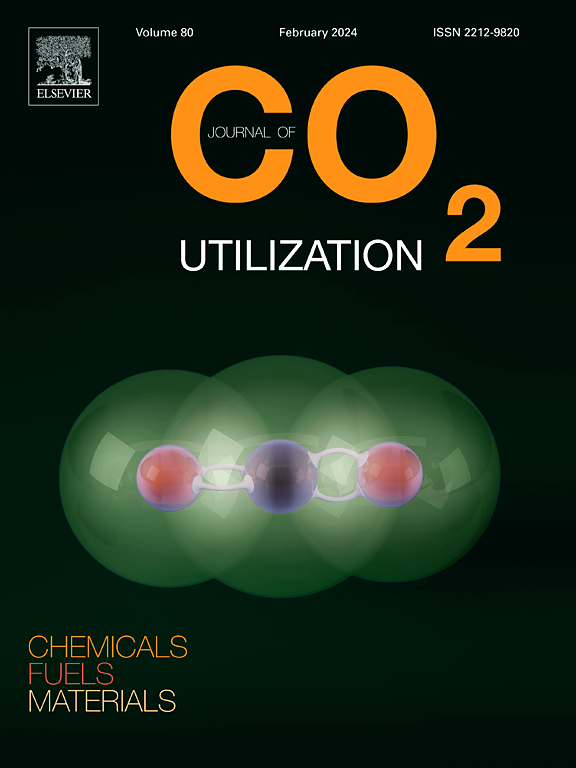Black-box and white-box machine learning tools to estimate the frost formation condition during cryogenic CO2 capture from natural gas blends
IF 7.2
2区 工程技术
Q1 CHEMISTRY, MULTIDISCIPLINARY
引用次数: 0
Abstract
Cryogenic carbon capture (CCC), a promising technology for the sequestration of CO2 from natural gas streams, relies on the CO2 frost formation at cryogenic temperatures. Precise estimation of the CO2 frost formation temperature (FFT) is vital for optimizing CCC processes and maximizing efficiency. This study deals with the development of machine learning models for predicting the FFT of CO2 in natural gas blends. A comprehensive dataset, including 430 experimental samples, was assembled from the literature. The foregoing dataset included the FFT data for binary and ternary natural gas blends across a wide range of pressures and component fractions. Three distinct black-box algorithms, including Regression Tree (RT), Radial Basis Function Neural Network (RBF-NN) and Support Vector Machine (SVM) were employed to model FFT. The performance of each model was rigorously explored through diverse statistical and graphical methods. While all developed models demonstrated high accuracy, the RBF-NN model was the superior predictive tool, achieving a mean absolute percentage error (MAPE) of 0.82 % and a standard deviation (SD) of 1.19 % during the validation phase. Also, an explicit correlation for FFT was proposed using the white-box machine learning technique of Gene Expression Programming (GEP), which achieved the MAPE of 0.59 % for all data. The models were also capable of predicting the FFT of CO2 in both binary and ternary blends, and favorably captured the complicated physical variations of FFT under diverse operating conditions. To gain deeper insights into the most fundamental factors in controlling the FFT of CO2, a sensitivity analysis was conducted. The findings of the current study, in turn, contribute to the understanding of FFT of CO2 and the optimal design of the CCC processes in natural gas industries.
求助全文
约1分钟内获得全文
求助全文
来源期刊

Journal of CO2 Utilization
CHEMISTRY, MULTIDISCIPLINARY-ENGINEERING, CHEMICAL
CiteScore
13.90
自引率
10.40%
发文量
406
审稿时长
2.8 months
期刊介绍:
The Journal of CO2 Utilization offers a single, multi-disciplinary, scholarly platform for the exchange of novel research in the field of CO2 re-use for scientists and engineers in chemicals, fuels and materials.
The emphasis is on the dissemination of leading-edge research from basic science to the development of new processes, technologies and applications.
The Journal of CO2 Utilization publishes original peer-reviewed research papers, reviews, and short communications, including experimental and theoretical work, and analytical models and simulations.
 求助内容:
求助内容: 应助结果提醒方式:
应助结果提醒方式:


